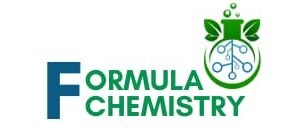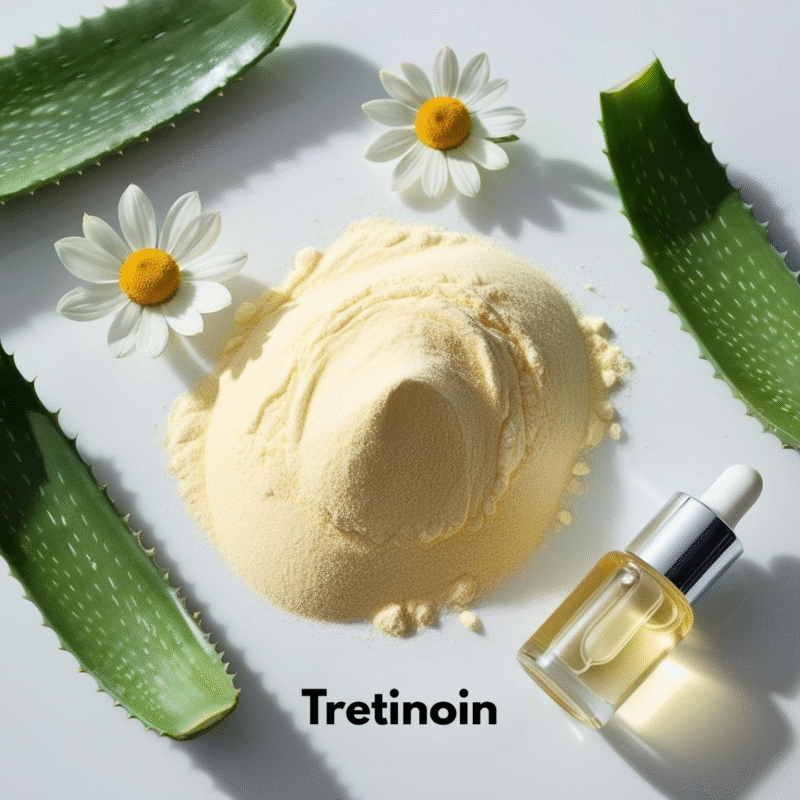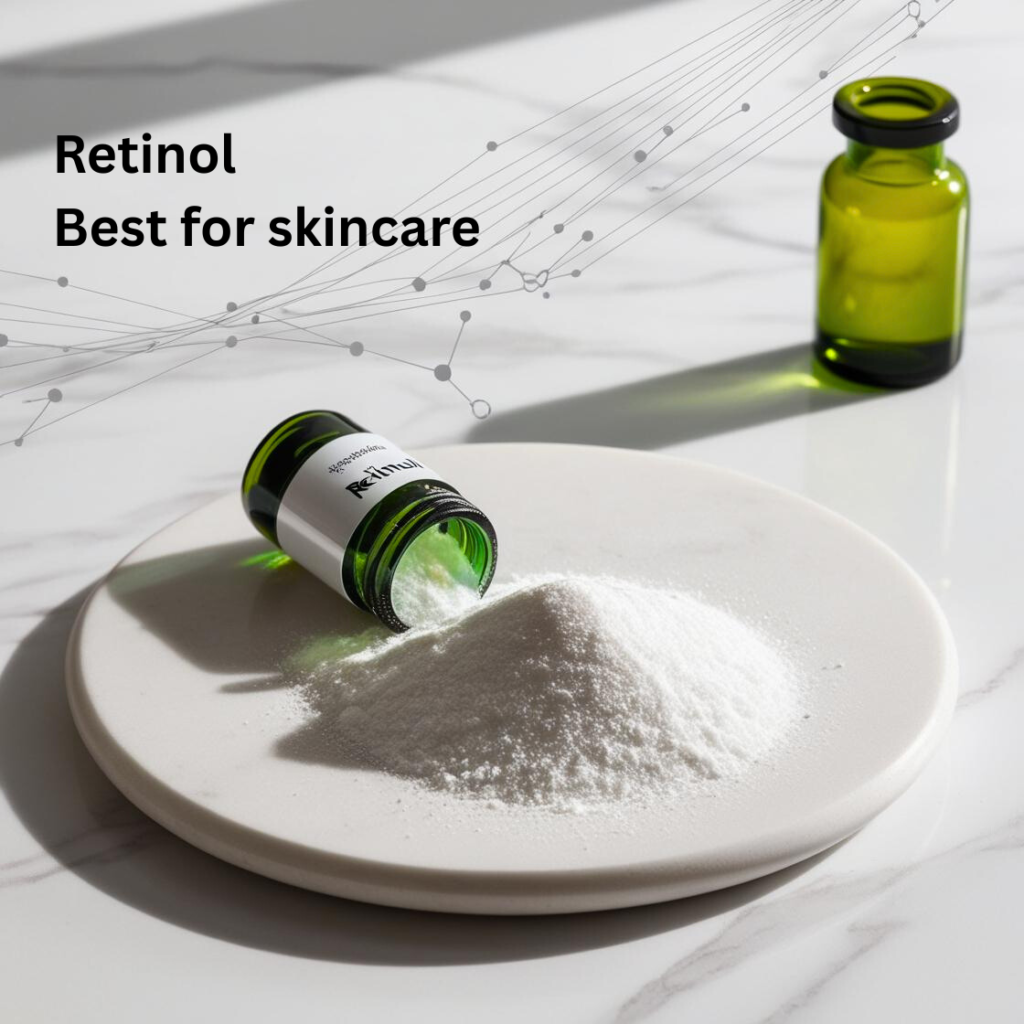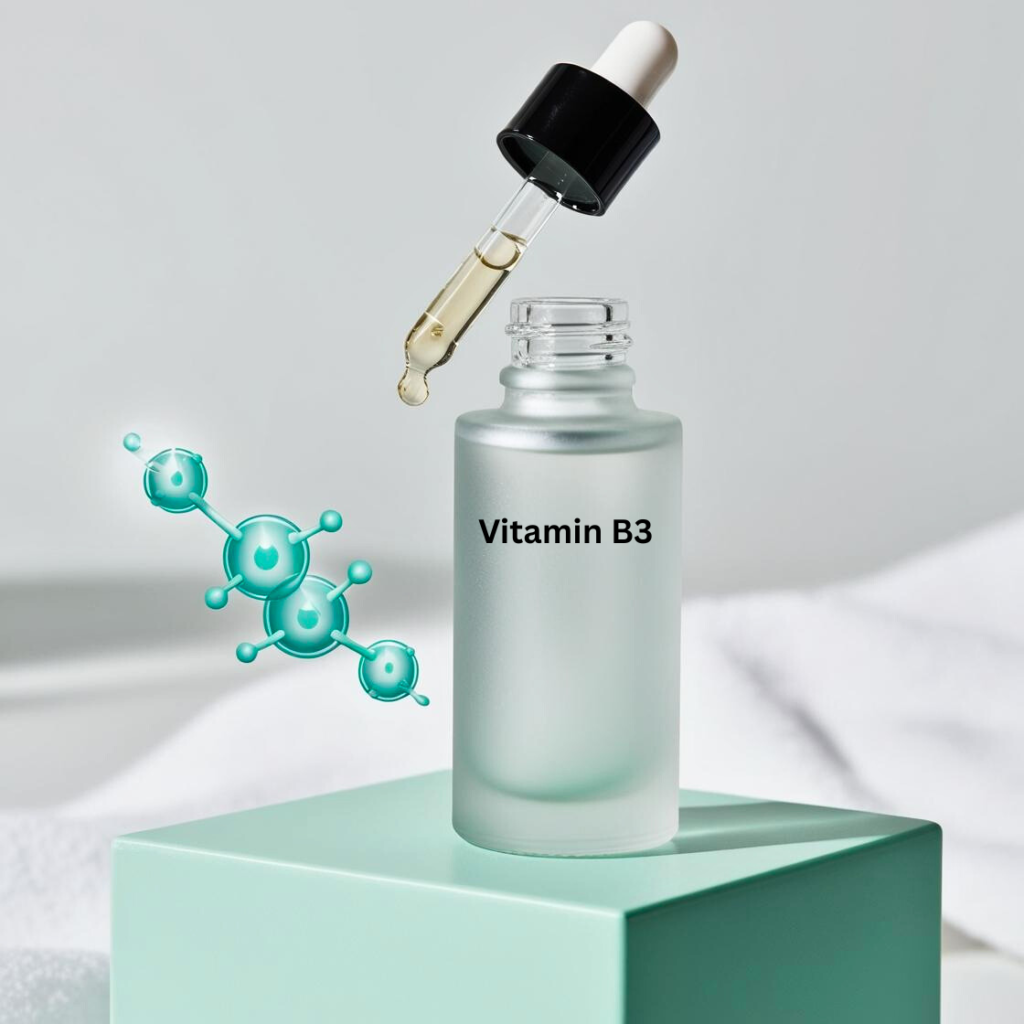CAS number 69-72-7
INCI name 2-hydroxybenzoic acid
Salicylic acid is an organic compound that appears as a colorless solid. It is a beta-hydroxy acid that is naturally present in the bark of the White Willow tree. It’s one of the gold standard ingredients for treating skin problems and is present in many anti-acne products.
Purpose
Salicylic acid serves multiple purposes in hair and skincare. It acts as an effective anti-dandruff agent by exfoliating the scalp and reducing flakes. As a hair conditioner, it helps improve texture and manageability. Its keratolytic properties aid in removing dead skin cells, promoting a healthier scalp and skin. Additionally, it functions as a preservative, enhancing the stability and shelf life of cosmetic formulations.
Origin
The Kolbe-Schmitt reaction, which involves treating sodium phenolate with carbon dioxide under high pressure and temperature, is the primary method for producing sodium salicylate. Salicylic acid is then obtained by acidifying the product with sulfuric acid.
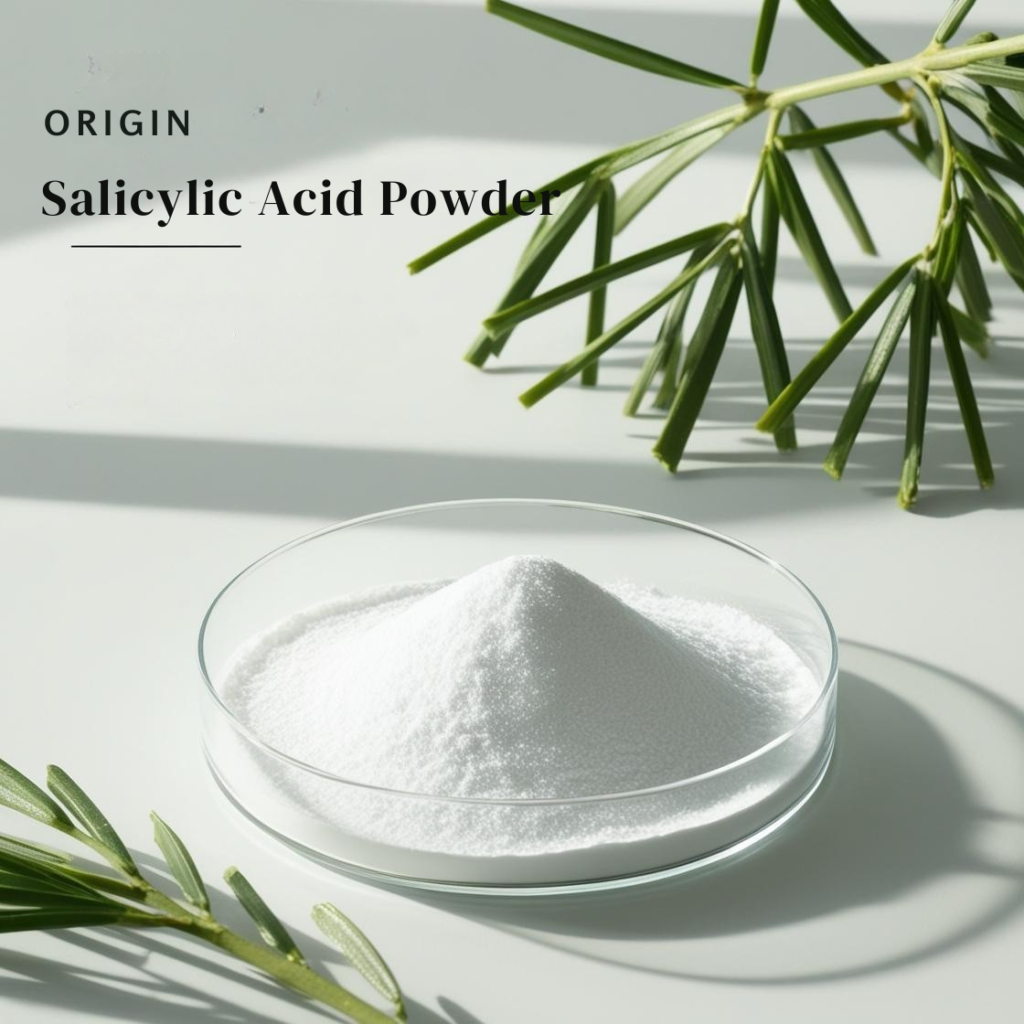
| Feature | Description |
| Name | Salicylic acid powder |
| Type | Beta Hydroxy Acid (BHA) |
| Source | Naturally derived from willow bark, wintergreen leaves, or synthetically produced |
| PH | 2.4–4 |
| Color | White to slightly off-white |
| Odor | Mild, slightly medicinal |
| Physical state | Fine crystalline or powder form |
| Concentration | 0.5–2% |
| Boiling point | 211°C (412°F) |
| Solubility | Soluble in water ,acetone |
Oil-Soluble Beta Hydroxy Acid (BHA)
Unlike alpha hydroxy acids (AHAs) that are water-soluble, salicylic acid is oil-soluble. This allows it to penetrate deep into the skin’s pores, breaking down sebum and exfoliating from within. This makes it particularly effective for treating oily and acne-prone skin.
Keratolytic Action (Exfoliating & Cell Renewal)
Salicylic acid works by loosening the bonds between dead skin cells (desmosomes), promoting gentle exfoliation. This prevents the accumulation of dead skin that leads to dullness, clogged pores, and acne.
Anti-Inflammatory Properties
As a derivative of salicylates (the same active component found in aspirin), salicylic acid has significant anti-inflammatory effects. It reduces redness, swelling, and irritation, making it suitable for sensitive acne-prone skin.
Sebum-Regulating Effects
Salicylic acid helps to reduce excessive oil (sebum) production by dissolving lipids inside pores. This prevents greasiness and shine, which can contribute to acne and breakouts.
Comedolytic Effect (Prevents Blackheads & Whiteheads)
Salicylic acid penetrates the pore lining and dissolves debris, making it highly effective at preventing and treating blackheads and whiteheads. Unlike physical exfoliants, it does not cause micro-tears in the skin, making it gentler for regular use.
Antimicrobial & Antifungal Properties
Salicylic acid has antibacterial and antifungal effects, helping to combat acne-causing bacteria (such as Propionibacterium acnes). This property also makes it beneficial in treating dandruff, fungal acne, and other scalp conditions.
Low Water Solubility & Alcohol Solubility
Salicylic acid has poor solubility in water, which means it is often dissolved in alcohol, acetone, or oils in skincare formulations. This property affects how it is incorporated into toners, serums, and chemical peels.
Dual-Action Exfoliation (Surface & Deep Pore Cleansing)
Unlike AHAs, which mainly work on the skin’s surface, salicylic acid provides deep exfoliation inside pores while also clearing dead skin cells from the surface. This dual action makes it highly effective for treating acne and improving skin texture.
Pain-Relieving and Skin-Softening Effects
Due to its keratolytic and anti-inflammatory properties, salicylic acid is commonly used in medical treatments for corns, calluses, warts, and psoriasis. It softens thickened skin and reduces discomfort associated with these conditions.
Desensitizing & Cooling Sensation
When applied, salicylic acid can produce a mild cooling or tingling sensation due to its interaction with nerve endings. This effect is temporary and typically indicates the product is actively working.
Slow Absorption Rate in Skin
Unlike some exfoliating acids that absorb quickly, salicylic acid has a slower penetration rate. This allows for controlled exfoliation, reducing the risk of over-exfoliation and irritation, especially for sensitive skin types.
Applications of Salicylic Acid Powder
Skincare & Cosmetics:
- Used in acne treatments, including cleansers, toners, serums, and spot treatments to unclog pores and reduce breakouts.
- Found in exfoliating products like chemical peels and scrubs to remove dead skin cells and improve texture.
- Included in anti-aging formulations to promote cell renewal and reduce fine lines.
- Adde
Pharmaceutical & Medical Uses:
- Commonly used in topical treatments for psoriasis, warts, corns, and calluses due to its keratolytic properties.
- Found in medicated foot creams to soften rough, hardened skin.
- Used in pain-relieving patches and gels for minor muscle and joint pain.
Hair Care:
- Helps control oil production and scalp conditions like seborrheic dermatitis.
- Used in clarifying shampoos to remove excess buildup from hair products and sebum.
Industrial & Chemical Uses:
- Used as an intermediate in the synthesis of aspirin (acetylsalicylic acid).
- Employed in the formulation of preservatives and UV absorbers in certain industries.
